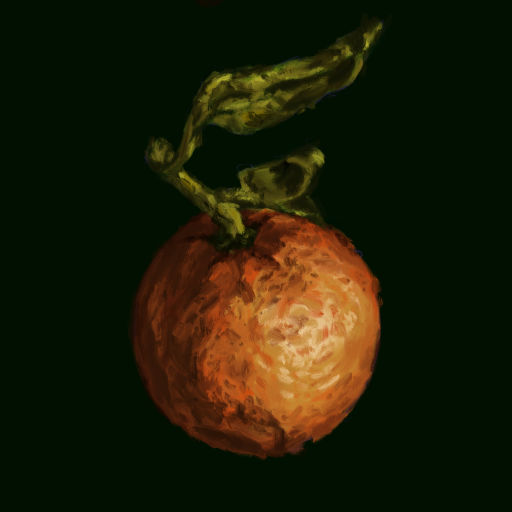| Contextual Review | Strategy | Research, Defining need | a comprehensive approach that places the research within a broader understanding of its field |
| 5 W H Questions | Strategy | Defining, Articulating | |
| 5 Why’s | Strategy | Defining, Drilling | identifying the root cause of an issue |
| Typology | Strategy | Organising Visual Data | Classification in terms of general type |
| LATCH | Strategy | Organising Visual Data | Location, Alphabet, Time, Category, and Hierarchy |
| The Conflict Barometer | Strategy | Articulating, defining | Defining the conflict of your brand on a barometer from chaos to harmony. |
| Mind mapping | Strategy | Exploration, Discovery, Conceptualisation | |
| Literature Review | Strategy | Research, Exploration, Discovery | |
| Lateral Thinking | Strategy | Discovery, Exploration | |
| SCAMPER | Strategy | Discovery, Exploration | Substitute, Combine, Adapt, Modify, Put to other uses, Eliminate, and Reverse |
| Brand Growth Model | Strategy | Conceptualising, Defining | a model to grow a brand’s business by defining their niche and then scaling it |
| Card Sorting | Strategy | Conceptualising, Exploration, Discovery | participants organise items |
| User Persona | Strategy | Exploration, Discovery | they have to be based on real data – interviews, Mintel, workshops, information found online |
| Cultural Probes | Strategy | Primary Research | qualitative research tool, where open ended activities are given to a group of participants to learn more about their daily lives and environment. |
| Focus Group | Strategy | Primary Research | Downside – Hawthorne Effect |
| Cultural Mapping | Strategy | Primary / Secondary Research | collecting, recording, analysing and synthesising information to describe the cultural resources, networks, links and patterns of usage of a given community or group. |
| Case Studies | Strategy | Secondary Research | Understanding the market |
| Systems Maps | Strategy | Research, Compilation | lay out all the relationships and interactions between stakeholders in a given system. |
| Observational Research | Strategy | Research, Exploration, Discovery | researchers observe participants or phenomena in their natural settings without intervening or manipulating them |
| Brand Asset Valuator | Strategy | Secondary Research | used to assess and measure the strength and value of a brand |
| A Day in the Life | Strategy | Secondary Research – Ethnography | ethnographic study where the researcher follows and observes a user through a typical day. |
| Narrative Research | Strategy | Discovery, Exploration, Secondary Research | a qualitative research approach that focuses on understanding human experiences through the analysis of stories and narratives |
| RSE | Strategy | Speculative Research | Residual, Dominant, Emergent |
| Horizon’s Model | Strategy | Speculative Research | a competitor analysis framework used to project 10-25 years down the line |
| Questions to differentiate a brand | Strategy | Conceptualisation, Brand Differentiation | Does it build on a truth at the heart of a business? Is it distinctive within the category? Will it feel compelling to the audience?” |
| Brand Ladder (Koto) | Strategy | Conceptualisation, Brand Differentiation | a model to uncover the emotional value of your business from the functional value |
| Brand Dynamics Pyramid | Strategy | Conceptualisation and articulation | illustrates the five stages customers go through to develop brand loyalty: Presence, Relevance, Performance, Advantage, and Bonding |
| Brand Z model | Strategy | Conceptualisation | Brand Equity |
| Brand Resonance Model | Strategy | Conceptualisation | building relationships with customers |
| The Gap Model | Strategy | Conceptualisation | To identify the gap between a company’s identity and its public image. |
| The Black and White Test | Strategy | Conceptualisation | A tool to develop conflict, what is the opposite of your brand? |
| The Story Model | Strategy | Conceptualisation, Narrative Formation | Framework for stories: opening (hero), conflict introduced (goal), point of no return (adversary), climax (supporter –> benefactor), story fades (benefactor –> beneficiary) |
| Journey Maps | Strategy | Conceptualisation | to identify and strategise key moments in a product, experience, or service. |
| Experience Maps | Strategy | Conceptualisation | visual think, feel, do throughout a user’s journey |
| Three Brains Model | Strategy | Conceptualisation, impact | to create designs that impact on multiple levels by examining how different parts of the brain interact |
| Cialdini’s six principles of persuasion | Strategy | Conceptualisation, impact | tools that influence decision making (reciprocity, scarcity, authority, commitment and consistency, liking, and social proof) |
| Funnel Shaped Text | Strategy | Narrative Technique, Articulation | 1. hook, 2. narrow the topic, 3. thesis statement |
| Practice based research | Design | Visual Exploration | |
| Sprints | Design | Visual Exploaration | |
| Concept Test | Design | Visual Exploration | To test the concept against visual explorations to pick |
| Prototyping | Design | Form Exploration | |
| Storyboards | Design | Narrative Exploration | |
| Five Stage Narrative | Design, Presentation | Narrative Exploration | Exposition, Rising Action, Climax, Falling Action, Conclusion |
| Literature Review | Strategy, Visuals | Awareness | Industrial Intelligence, awareness |
| Iterative Making | Visual Exploration | Making | Ensures a refined outc |
| The Swap Test | Making | Testing | checking the effectiveness of brand icons |
| Tha Hand Test | Making | Testing | checking the effectiveness of brand communications |
